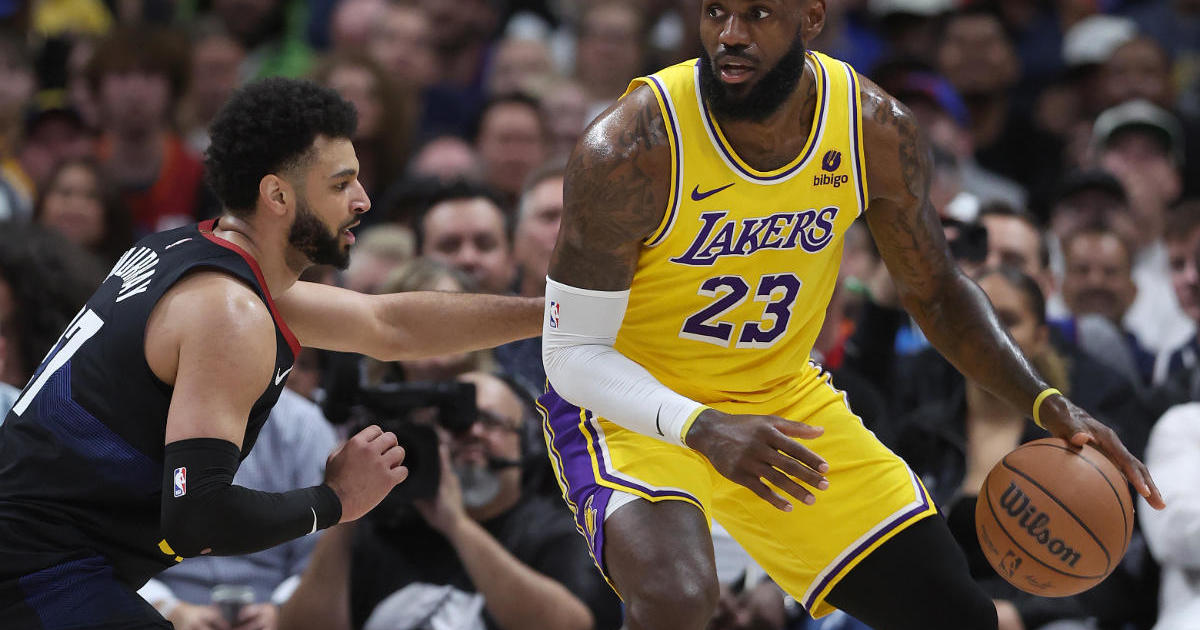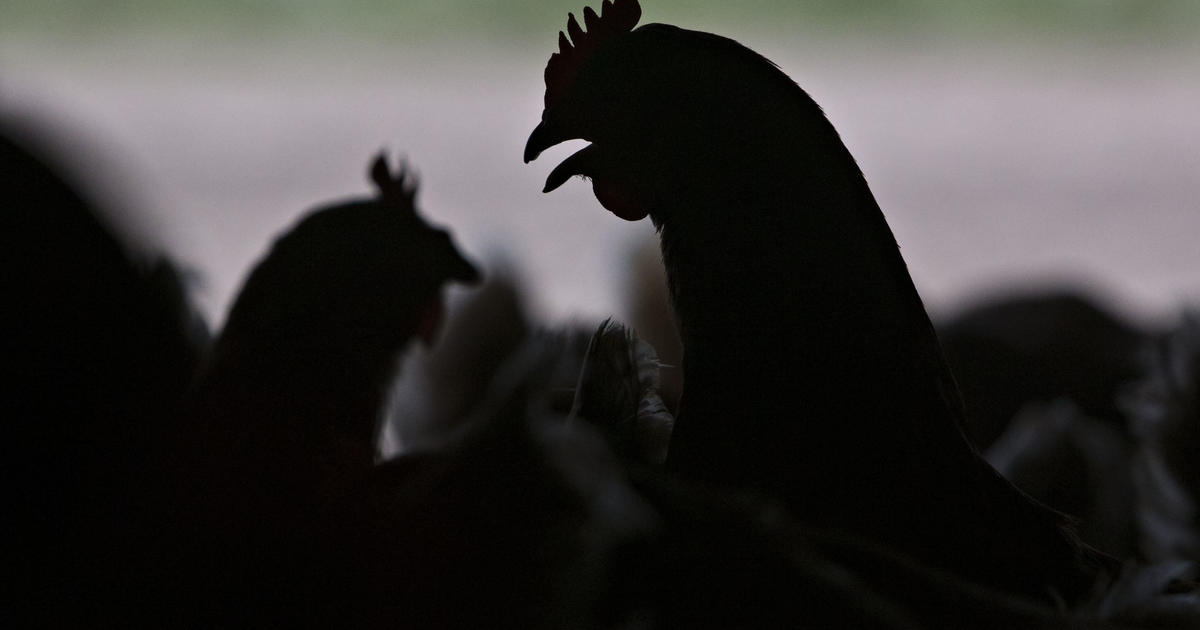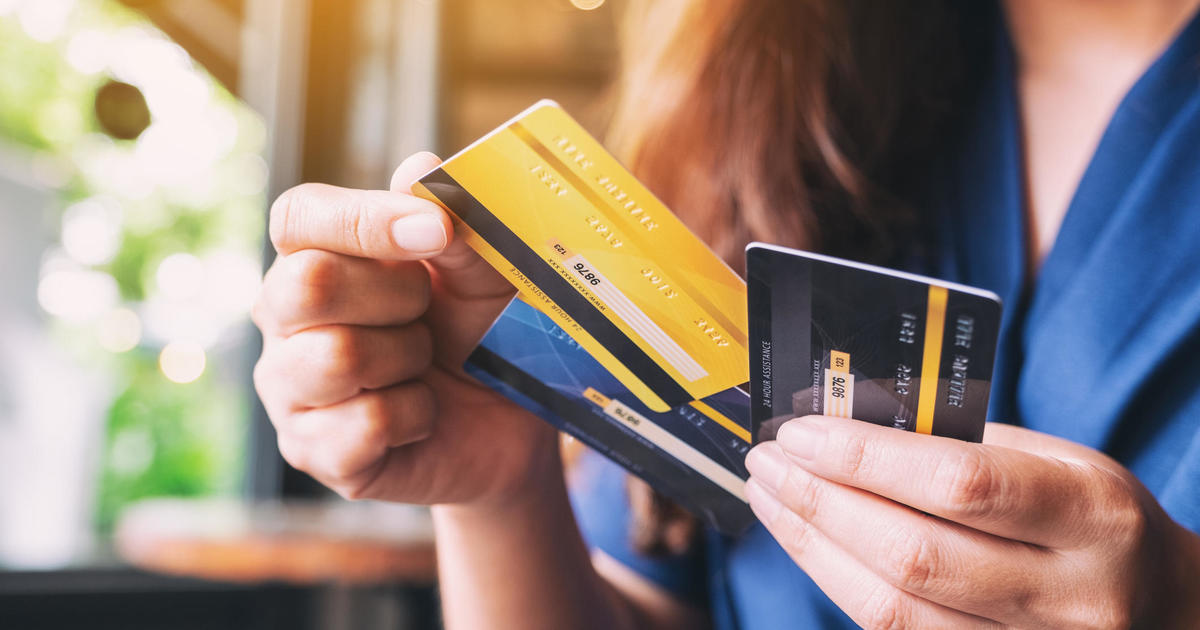After roping in cord-cutters, streaming services are hiking their prices
The cost of streaming television shows and movies, once seen as a much cheaper alternative to owning a cable box, is rising.
Streaming services including Amazon Prime, Disney+, HBO Max, Hulu and Netflix are upping their monthly subscription fees now that they've gained a foothold in the market and can count on more consumers cutting the proverbial cord.
Amazon is raising the cost of its annual Prime subscription, which includes access to its original streaming content, by $20 to $139 a year while Netflix increased its monthly rate by up to $2. A premium Netflix subscription now costs $19.99 per month, allowing customers to view TV shows and movies on up to four devices at a time.
Given the diversity of content available for streaming, consumers are subscribing to multiple platforms to keep up with their favorite shows, often paying more than one monthly streaming bill.
"I've realized once you have a few of them, it becomes almost like a car payment," one streaming subscriber told CBS News correspondent Lilia Luciano.
"Any streaming platform you can imagine, I'm subscribing to right now," another streaming fan said.
Companies like Netflix are hoping that incremental price hikes are worth it for consumers who want to binge new seasons of their favorite shows.
"Dog-eat-dog environment"
Indeed, streaming platforms have invested billions of dollars in creating content that's earned them Oscars and other industry awards. In 2021, for example, Netflix spent an estimated $17 billion on creating and producing original content. That increased spending, combined with inflation, has driven up costs for consumers.
"Services really see content as their weapon to ensure people subscribe — and they stay subscribed — in this dog-eat-dog environment," entertainment analyst Paul Erickson said. He expects streaming providers to continue hiking their prices as long as consumers are willing to absorb the costs.
The price increases will end when consumers "start leaving the service or they stop subscribing," Erickson said. "But I think that's a ways off, especially if you're raising prices incrementally over time."
Although streaming costs are rising, Erickson thinks compelling content will keep viewers on board.
"It's difficult for people to step away from what they're streaming now," he said. "What they're getting is higher value than what they were getting on traditional TV. With a cable package, you had a bunch of stuff you weren't interested in watching and channels you flipped through."
Still room for price hikes
Analysts also think streaming prices can climb without generating too much "churn" — the industry term for customers signing up for and then cancelling a subscription.
Amazon could charge significantly more for its Prime subscription, which includes video streaming, without driving away customers given how dependent subscribers are on the buying club for free ecommerce shipments and other perks, another analyst told CBS MoneyWatch.
"We believe Amazon could up prices by another 30-40% and you'd still have negligible churn because so many have become reliant on Amazon Prime as part of their commerce bucket, and streaming is part of that," said Dan Ives, a technology analyst at Wedbush Securities.
Experts also think streaming services will start expanding their offerings with more live sports coverage. It won't all be in one place, of course, and consumers who want it all will have to subscribe to multiple streaming services.
"You've selected a lot of this content and these services — and what you're getting for that money, it's more relevant to you," Erickson said. "And that's the important part."
How to save on streaming bills
More streaming subscriptions per household are also leading to higher monthly bills.
"Before the pandemic, the average household had one to two subscriptions," Ives said. "Now it's four to five. Streaming consumption is off the rails given what we've seen with many working from home and streamers ramping up their services."
Ives expects some households to drop back down to just a couple subscriptions as COVID-19 cases decline and more pandemic-era restrictions like mask-wearing and social distancing are dropped.
"As work-from-home becomes more of a memory, we'll start to see a cutting of certain services," he said.
Another tip: Comb through your credit card bill to identify subscriptions you might have forgotten you once signed up for.
"More consumers are looking at their credit cards and they don't realize that over the past few years they've signed up for five, six, seven subscriptions," Ives said. "And the rubber starts to meet the road if the content is not there."



